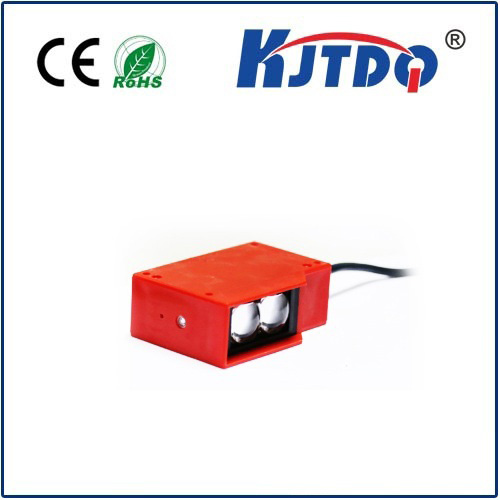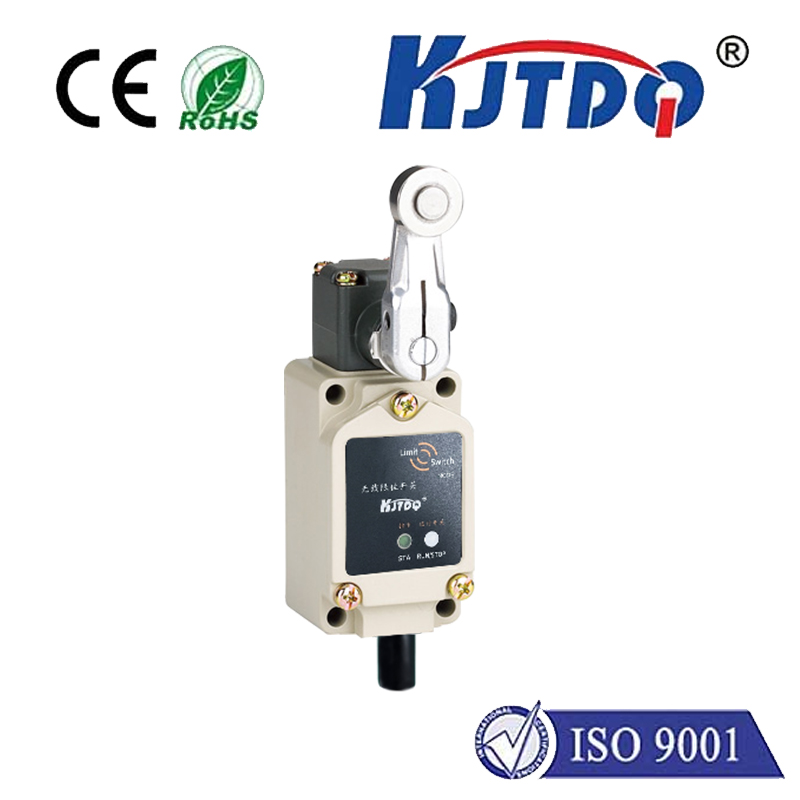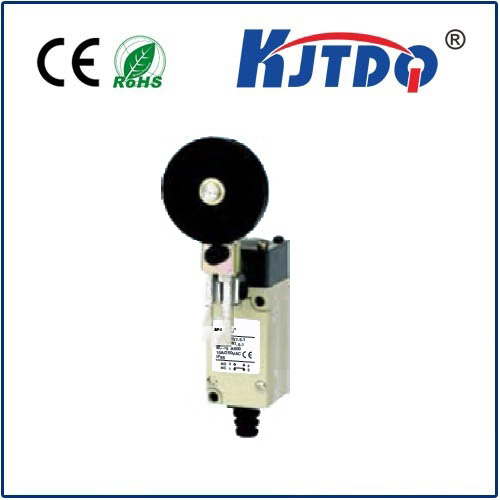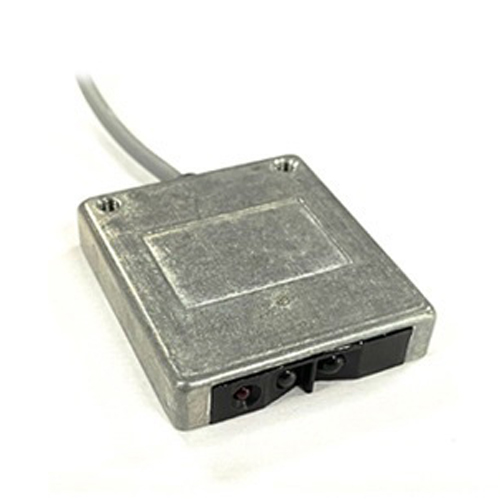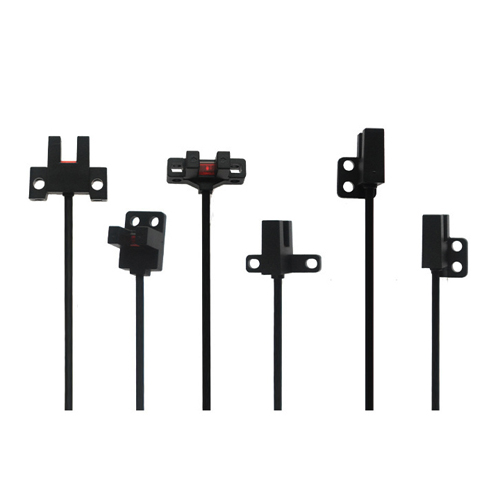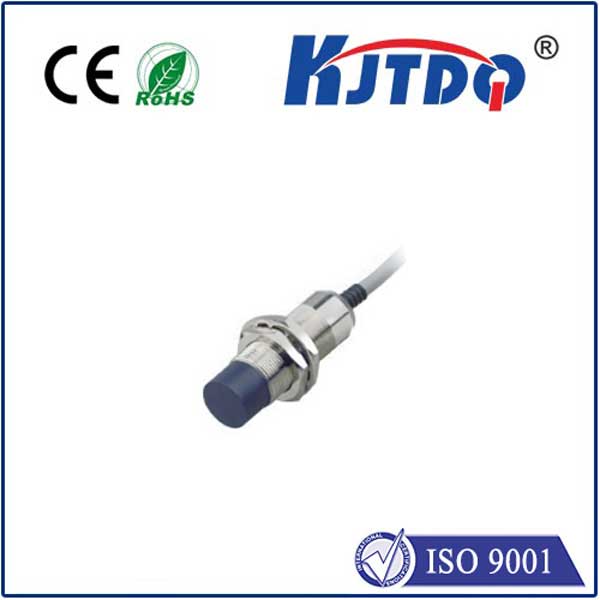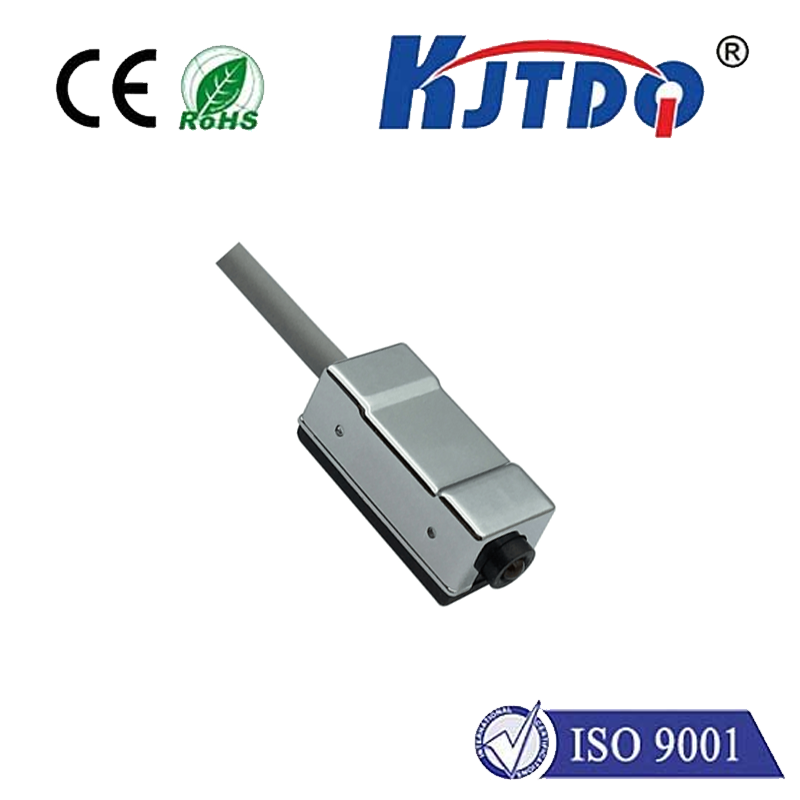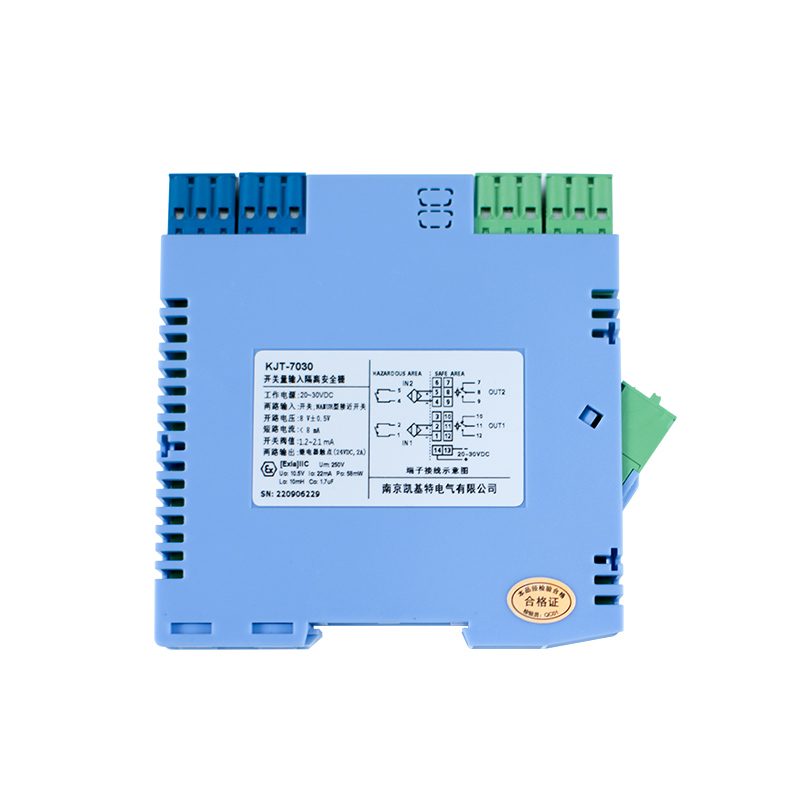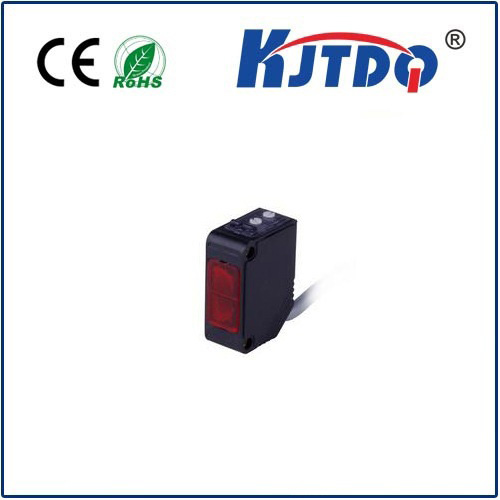

check

check

check

check

check

check

check

check

check

check
Introduction:
The world is witnessing a technological revolution, with new innovations emerging every day. Among these advancements is sensor proximity capacitive technology, which has gained significant attention due to its ability to detect and measure physical objects with high accuracy. This article seeks to explore the complexities of this technology and its diverse applications across different fields.
Section 1: What is Sensor Proximity Capacitive?
Sensor proximity capacitive technology is a type of sensor that utilizes capacitance to detect and measure the presence or absence of physical objects. It works by measuring the change in capacitance between two electrodes placed in close proximity to the object of interest. When an object comes into contact with the sensors, it causes a change in capacitance, which can be detected and used to determine the object's size, shape, and other properties.
Section 2: Advantages of Sensor Proximity Capacitive
One of the primary advantages of sensor proximity capacitive technology is its high accuracy. Unlike traditional sensors that rely on magnetic fields or electromagnetic waves, this technology can detect objects as small as a few millimeters in size. Additionally, sensor proximity capacitive technology does not require any external power source, making it highly energy-efficient. It also has a non-contact design, which ensures safe operation and eliminates the risk of exposure to harmful chemicals or radiation.
Section 3: Applications of Sensor Proximity Capacitive
The versatility of sensor proximity capacitive technology makes it suitable for various applications across different industries. In manufacturing, it can be used to detect defects or anomalies in products during production processes. In healthcare, it can be utilized for accurate diagnosis and monitoring of medical devices and patients. In automotive industry, it can be used for obstacle detection and collision avoidance, enhancing safety on roads. Additionally, sensor proximity capacitive technology is finding applications in smart home systems, where it can be used for gesture recognition and automation of household tasks.
Conclusion:
Sensor proximity capacitive technology represents a significant leap forward in the field of sensing and detection. Its high accuracy, energy efficiency, and non-contact design make it an attractive option for various applications across different industries. As research continues to evolve, we can expect to see even more innovative uses for this cutting-edge technology in the future.
